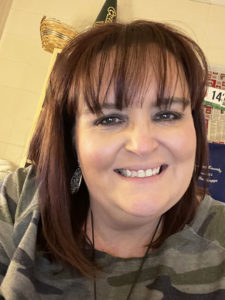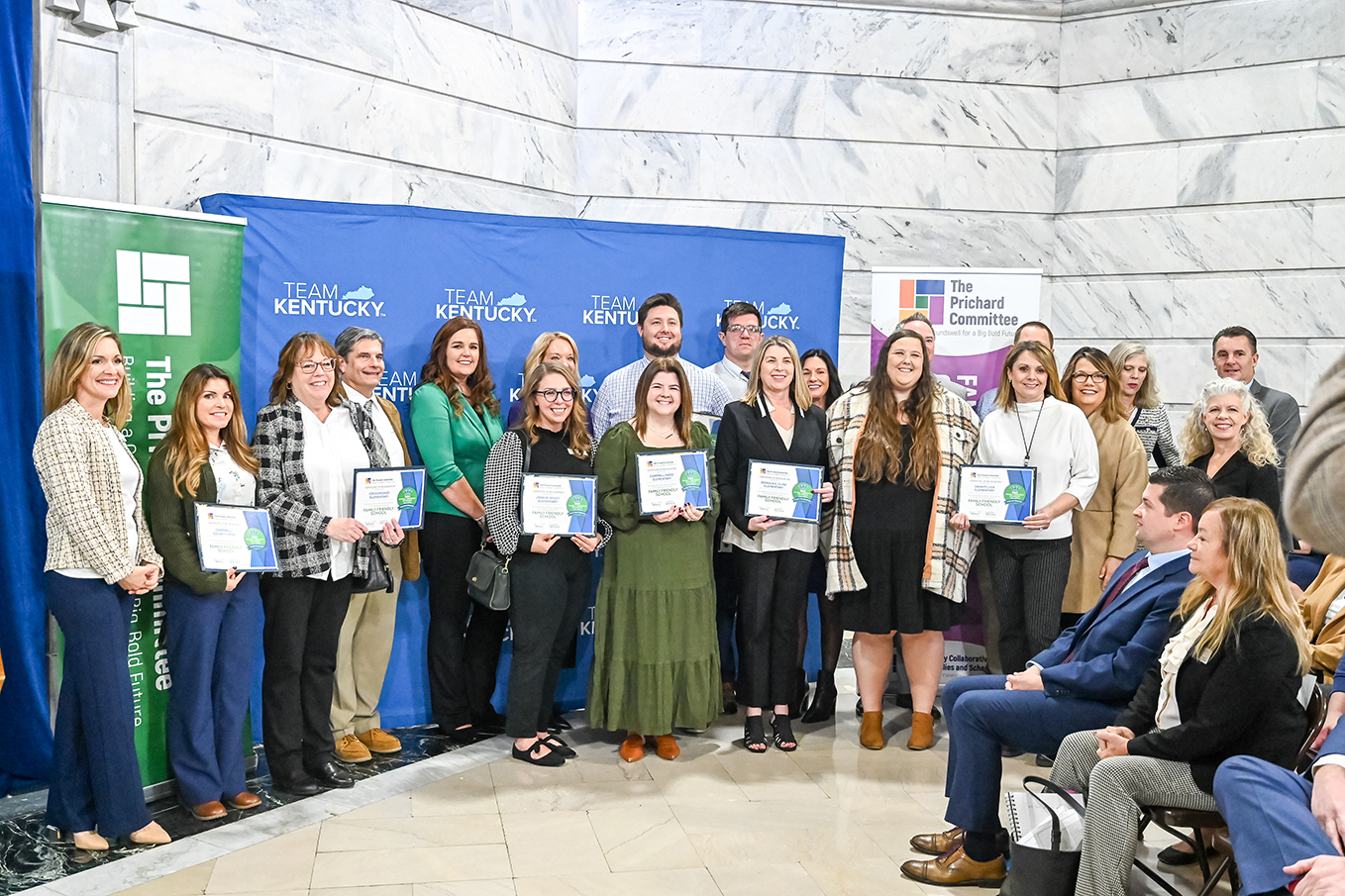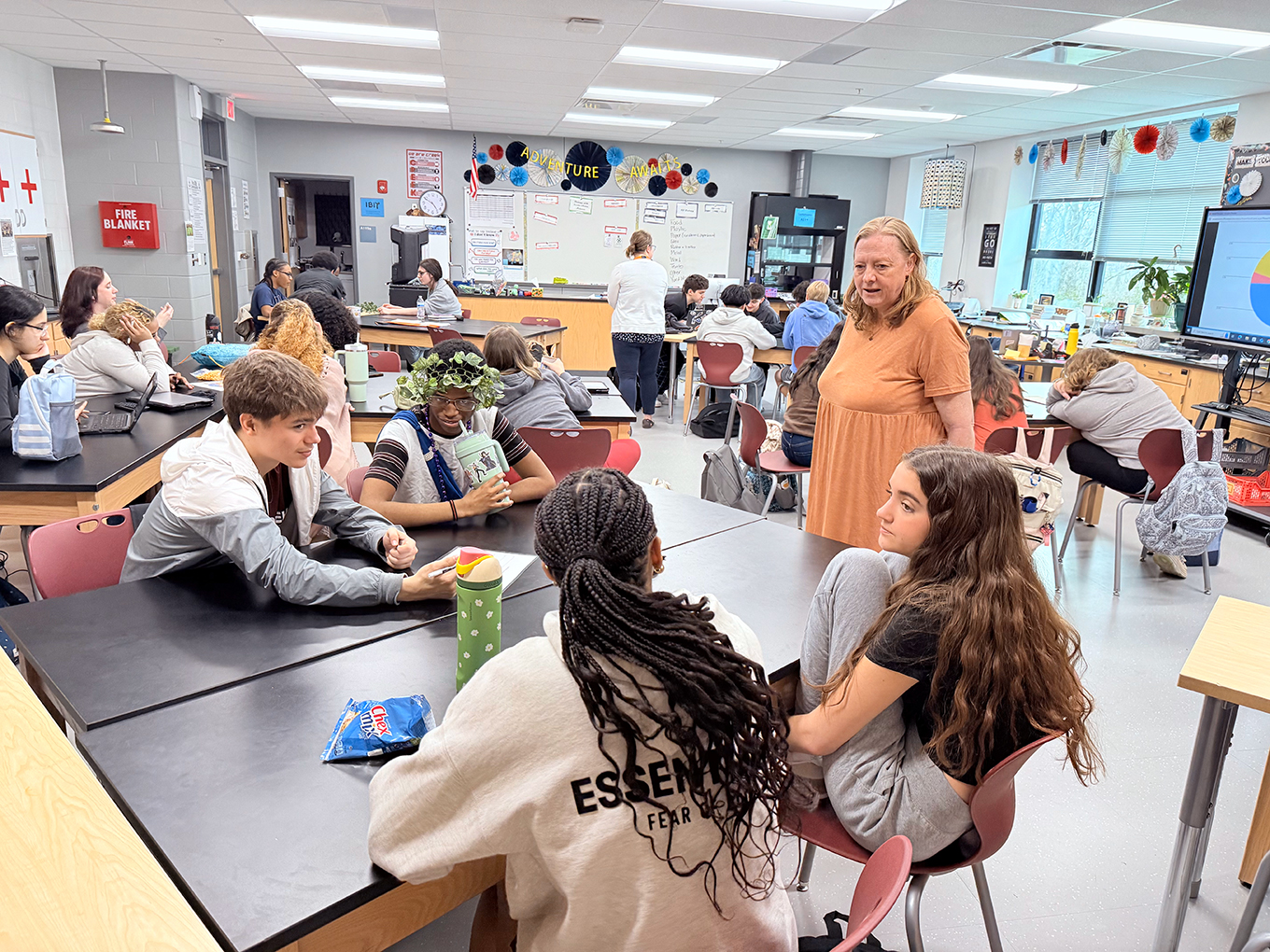
Jill Armstrong
Peace. A word with many levels of meaning and overwhelmingly lacking from the current worldview. Yet, peace is so desperately needed.
I am a Peace Teacher.
You won’t find peace symbols hanging all over my classroom and you won’t hear me say that I “want world peace.” What you will see is a colorful room with flags, signs and outdoor lights that drape the walls, bulletin boards and ceiling. What you will hear me talk about is conflicts, cultures, people and peacebuilding skills.
You see, conflict is inevitable. From a personal level to an international level, conflict is going to occur. Our goal should be to diffuse the conflict and make it less violent, not to eradicate it. This is, in part, the mission of the United States Institute of Peace. It is the reason I’m known as a Peace Teacher.
It is through the institute’s Peace Teacher Program that I, along with three other educators, learn, grow and educate about peacebuilding.
The United States Institute of Peace (USIP) was founded in 1984 and is funded by Congress and governed by a bipartisan board of directors. It is national, nonpartisan and independent. It is not focused on political parties, but on the idea that less violent conflict is possible and is needed for global security. USIP works with governments and civil groups within countries to facilitate conversation and dialogue among the conflicting parties using training, research, and policy to find solutions.
The Peace Teacher Program is in its fifth year. The program selects four educators from across the country to participate in the year-long professional development with USIP’s Public Education Department. I became a Peace Teacher in June 2019 along with fellow teachers from Alaska, Mississippi and Nebraska. We were scheduled to end our time in July 2020, however, COVID-19 led us to be invited for another year of learning and collaboration.
During our two years as Peace Teachers, we have met almost every month for an hour-long virtual session where we talk about how we are sharing the mission of USIP in our classrooms with a peacebuilding curriculum or how our students analyze current and historical conflicts.
When I originally was planning this article in March 2020, I had no idea that less than a week later I would be teaching my students virtually. Needless to say, it looks completely different one year later. The role of a Peace Teacher has changed because the world has changed.
Within the past year, our students have experienced and witnessed the world shutting down to a pandemic, a turbulent presidential election unseen in modern times and a country dividing over talks of racism and inequality. All of this took place with drastic changes to our students’ learning environment. So how can I, how can educators, talk peace when we aren’t living in normality?
It begins with understanding that true peace, the ultimate utopia, isn’t logical nor possible. Because to be a true peace would mean to be devoid of conflict, even within our own selves. As I stated earlier, our goal should be focused on less or non-violent conflict.
USIP created a peacebuilding toolkit that can be used within any grade level classroom regardless of subject matter, though many may liken it to a social studies classroom – history, sociology and psychology. Here are a few suggestions to get started on peacebuilding skills with your students:
- Start with perspective. You have 30 students in your classroom, each a different view when looking at the same item or phrase. To drive home the idea of different perspectives, you can have students look out the same window and draw/write what they see. USIP has a great paper-tearing lesson online where students close their eyes and listen to vague instructions on how to tear a sheet of paper. Afterward, discuss how everyone heard the same directions, but not every paper is torn the same way. Let this lead to a conversation about current events and topics.
- Define conflict and peace. What does it mean to students? Have the class create their own definitions of the two words and display it. Next, take the conflict style quiz provided by USIP, teacher included. It gives everyone a perspective on how they handle conflict. Discuss how our conflict style may help or inhibit our perceptions.
- Learn about active listening and non-verbal communication. Do we really listen to what someone has to say when they are speaking with us? How does our body language and facial expression look to the person speaking? Are we giving off impressions that we don’t intend? Could this lead to negative reactions and conflict that wasn’t expected?
- Discuss negotiations and mediating conflict. Work through hypothetical scenarios to learn how to compromise. How can everyone get part of what they need or want from the other parties involved?
- Discover the peace builders. What is a peace builder? Who are they and where are they? Can we be peace builders in our own school and community?
- Create an action plan with your students. What’s something they can do in their lives to lower “violent” conflict? With family? With their friends? In school? Future co-workers or employers?
There are other strategies to introduce peace and peacebuilding to your students. Educators should consider the grade level and maturity of their classes, perhaps the surrounding environment and community. Regardless of where we teach and where we live, innumerable changes and adaptations are happening daily. If we want to be logical, let’s equip our students with perspective of scenarios, negotiations of situations and understanding of all parties.
I am a Peace Teacher, continuing to show peace in a time of conflict.
Jill Armstrong is a 14-year educator in the social studies department at Greenup County High School. Along with being a Peace Teacher, she is a fellow in various national and international cadres that continue to look at global education, peacebuilding and virtual exchanges.




Leave A Comment